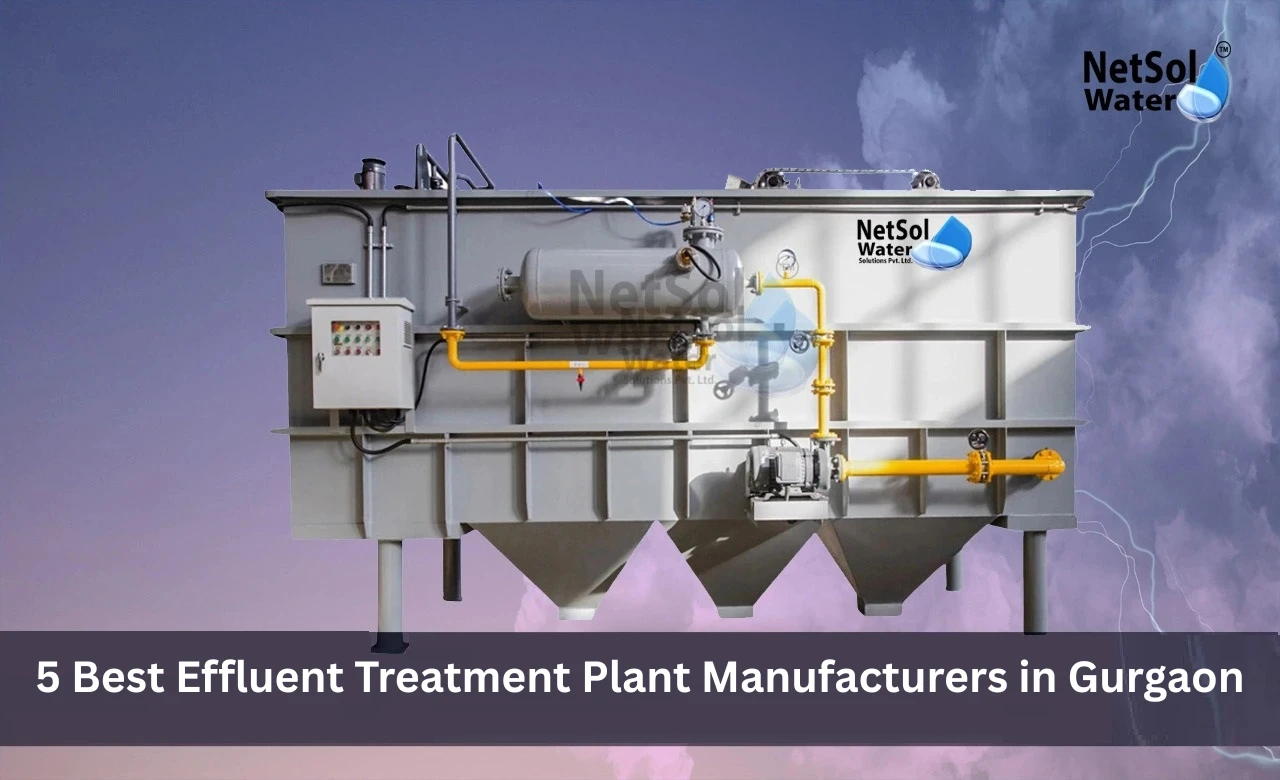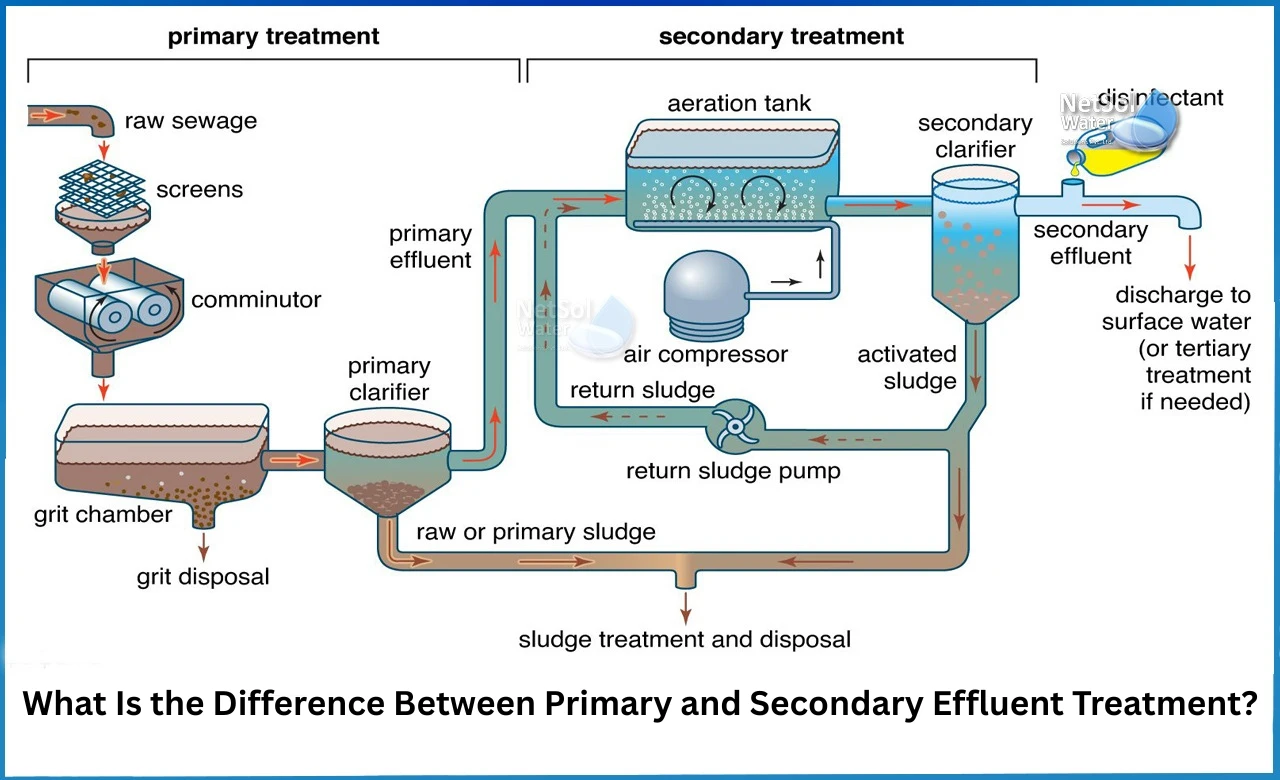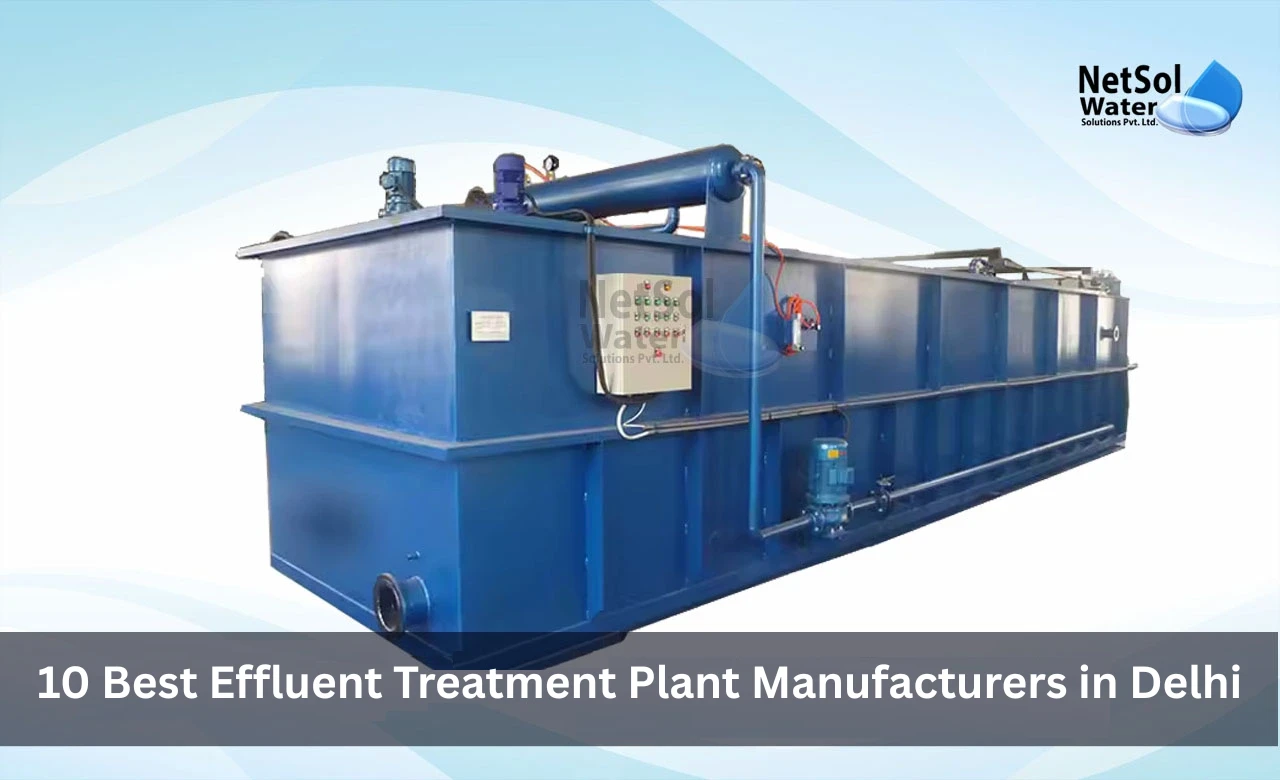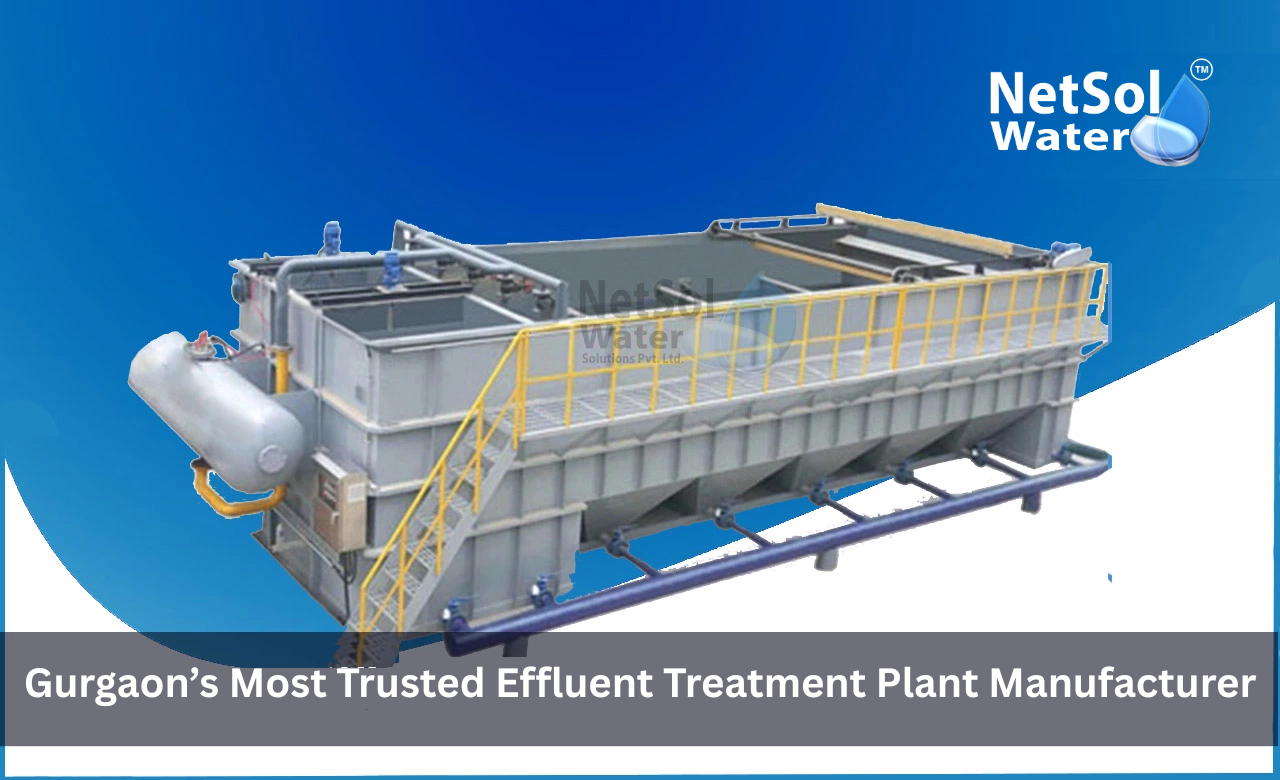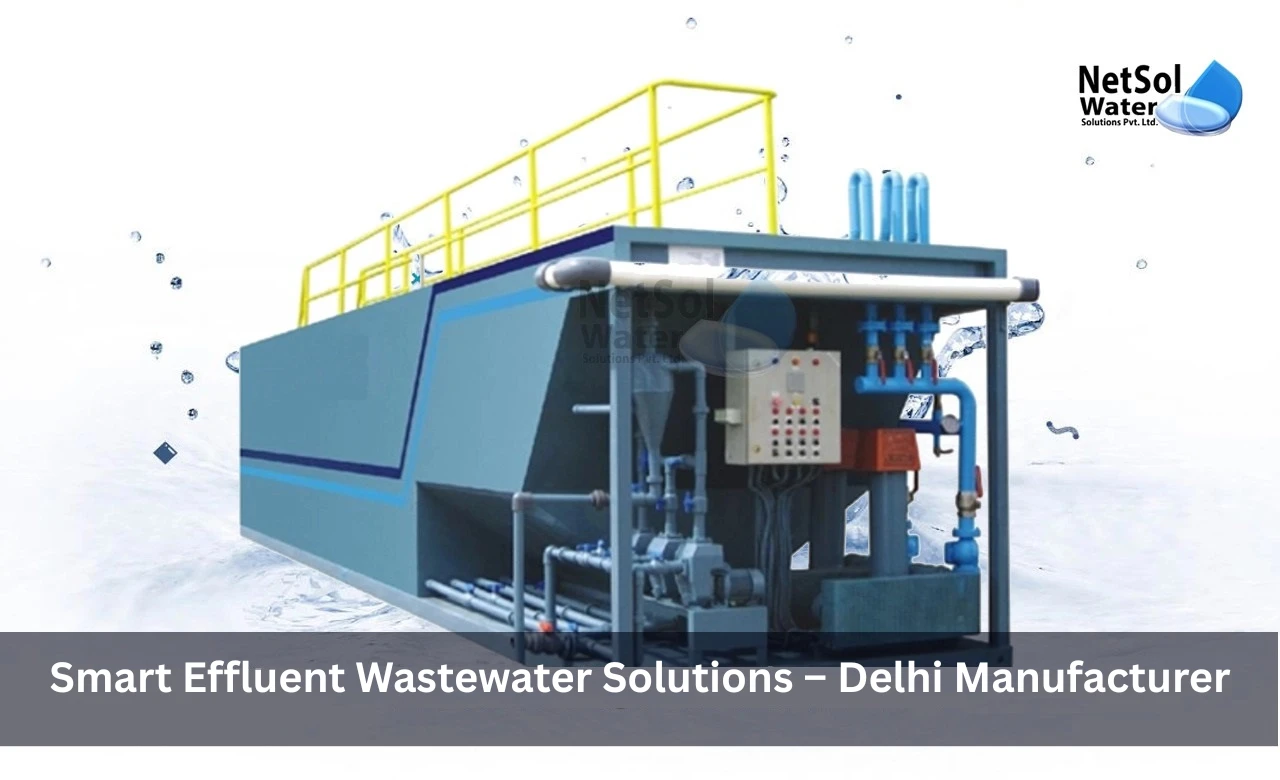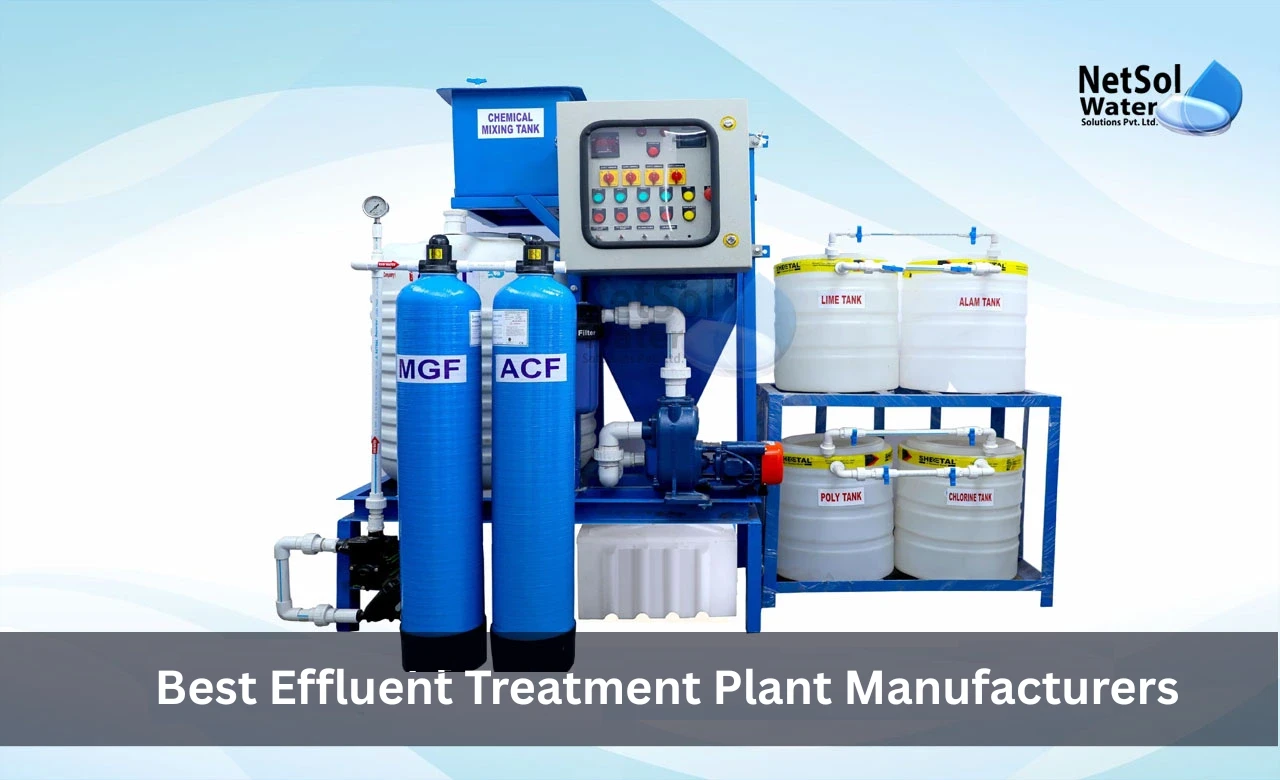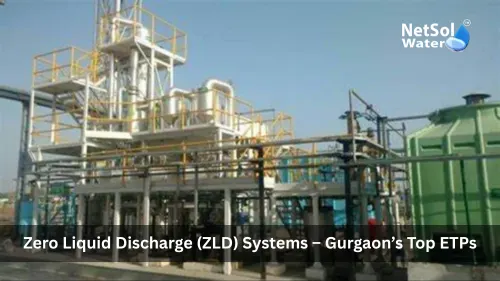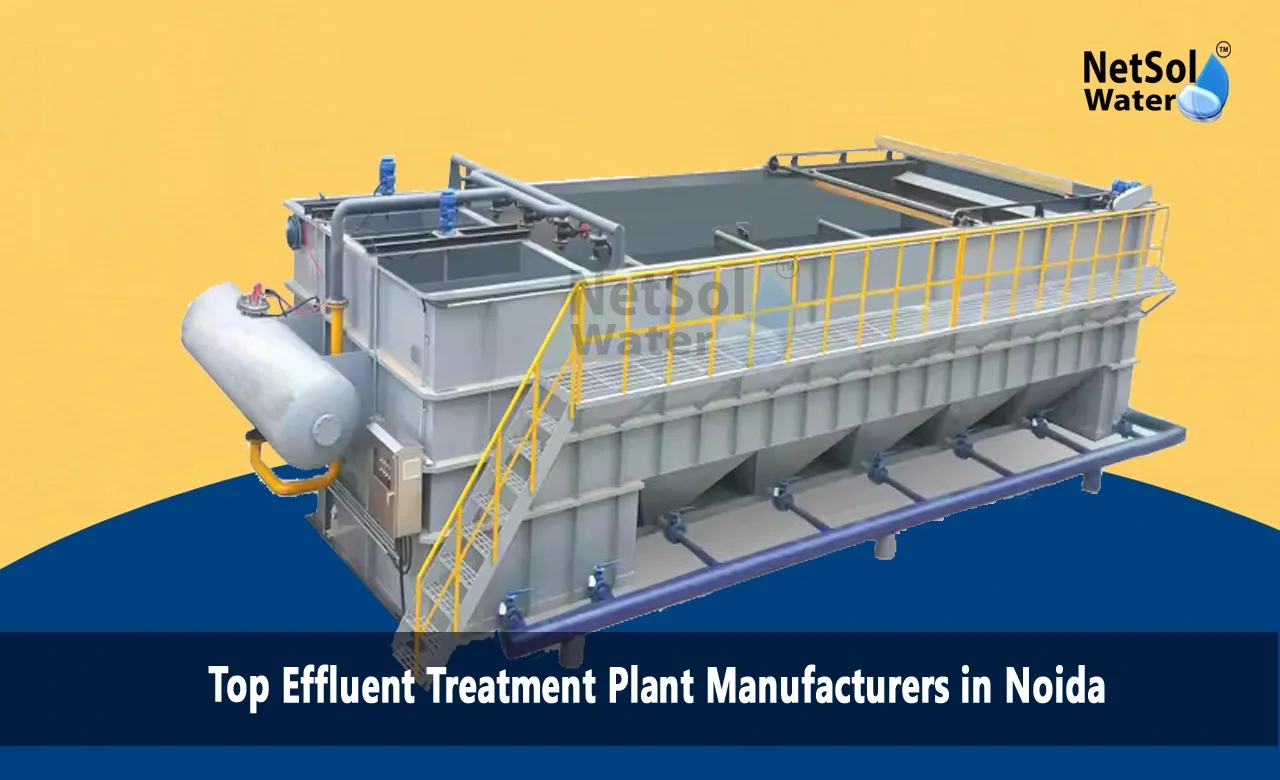5 Best Effluent Treatment Plant Manufacturers in Gurgaon
Gurgaon is a city where industries, commercial units, and businesses are growing rapidly. With this growth comes the increasing need to manage wastewater effectively. Effluent Treatment Plants help industries treat their wastewater before releasing it into the environment. Choosing a reliable and experienced manufacturer is key to setting up a successful ETP. In this blog, we’ll look at the 5 Best Effluent Treatment Plant Manufacturers in Gurgaon.
5 Best Effluent Treatment Plant Manufacturers in Gurgaon
1. Netsol Water
We at Netsol Water pride ourselves in being among the 5 Best Effluent Treatment Plant Manufacturers in Gurgaon. With experience spanning years and a keen eye on environmental concern, we assist industries in the effective management and treatment of wastewater in an environmentally responsible manner.
We know that each sector produces a unique kind of wastewater. That’s why we make bespoke ETPs that suit particular requirements. Whether it is a textile mill, a pharma unit, or a food processing facility, our plants are constructed to eliminate toxic chemicals and contaminants prior to discharge.
We not only offer efficient and state-of-the-art ETP systems but also take care of you every step of the way—right from installation and design to training and after-sales support. Clients choose us because we provide end-to-end solutions with lasting outcomes.
At Netsol Water, we don’t merely set up machines—our aim is to bring peace of mind.
2. Urban Wastewater Solutions
Urban Wastewater Solutions is famous for providing compact, intelligent, and energy-efficient ETPs. They serve industries like hospitality and manufacturing. Their systems are simple to install, easy to operate, and ideal for medium-scale operations.
Due to their reliability, they have gained a place as one of the 5 Best Effluent Treatment Plant Manufacturers in Gurgaon. Their focus on customer service and quality control makes them stand out.
3. Ion Exchange India
Ion Exchange India is a well-known company in water and wastewater treatment. Their ETP solutions are well sought after by industries requiring large-scale water treatment, for example, chemicals and refineries.
Their equipment is strong, and the company provides full lifecycle solutions. With an eye on minimizing environmental damage, they continue to be one of the 5 Best Effluent Treatment Plant Manufacturers in Gurgaon relied on by numerous individuals.
4. Aquatech Systems
Aquatech Systems is renowned for providing cost-effective ETPs without sacrificing quality. Their plants are utilized in packaging, food processing, and dairy industries. They provide batch as well as continuous-type systems based on the client’s needs.
Timely service and professional staff of Aquatech have positioned them as one of the 5 Best Effluent Treatment Plant Manufacturers in Gurgaon, particularly for industries looking for cost-effective solutions.
5. Clear Aqua Technologies
Clear Aqua Technologies specializes in industrial wastewater management. Their equipment is designed to cope with stringent discharge standards and can handle intricate waste streams.
They use a very professional attitude and technical know-how and are rightly included in the 5 Best Effluent Treatment Plant Manufacturers in Gurgaon list. Their customers tend to be auto and chemical industries requiring specialized treatment.
Why Choose from the Best?
When it comes to wastewater treatment, there is no margin of error. Only the Top 5 ETP Plant Manufacturers in Gurgaon can guarantee:
- Compliance with pollution control standards
- Customized ETPs for various industries
- Long-lasting equipment and faultless performance
- Complete support during installation as well as after installation
- Lower operating expenses and environmental footprint
The right choice of top-rated manufacturer helps you safeguard the environment, comply with government regulations, and save money on treatment in the long run.
Netsol Water – We’re More Than Just a Manufacturer
Being among the 5 Best Effluent Treatment Plant Manufacturers in Gurgaon, we at Netsol Water are committed to creating cleaner and greener industries. We strive to make your business achieve its sustainability objectives without hassles.
We provide cutting-edge designs, intelligent automation, and real-time monitoring solutions. We’re always here to assist you—with listening to your needs to delivering on-site support and maintenance. With us, you’re deciding on care, technology, and trust, all under one roof.
Conclusion
Establishing a cost-effective Effluent Treatment Plant is a task that every company should undertake seriously. The following companies are the 5 Best Effluent Treatment Plant Manufacturers in Gurgaon that are relied upon for their excellence, innovation, and commitment. At the very top, we at Netsol Water are honored to be paving the path with assured, budget-friendly, and environment-friendly wastewater treatment services.
Let’s contribute to making Gurgaon cleaner, safer, and greener.
Do you need an advice or assistance on selecting the best water and waste water treatment unit? We have solutions for all your problems!
Let us know your problem, our experts will make sure that it goes away.
For an assistance or related query,
Call on +91-9650608473
Or write us at enquiry@netsolwater.com

